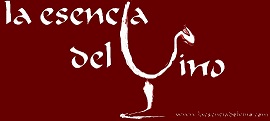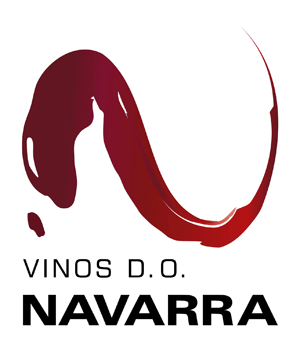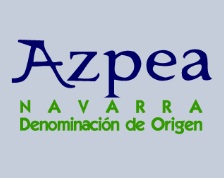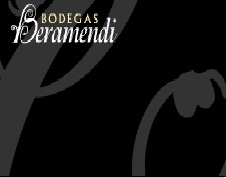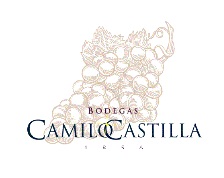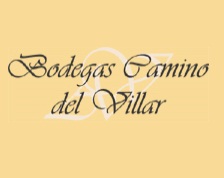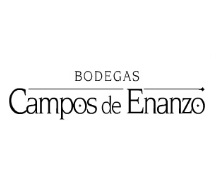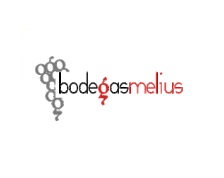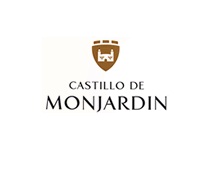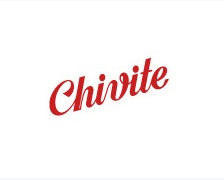DO NAVARRA
Vintages of the wine region
| Area | 2026 | 2025 | 2024 | 2023 | 2022 | 2021 | 2020 | 2019 | 2018 | 2017 | 2016 | 2015 | 2014 | 2013 | 2012 | 2011 | 2010 | 2009 | 2008 | 2007 | 2006 | 2005 | 2004 | 2003 | 2002 | 2001 | 2000 | 1999 | 1998 | 1997 | 1996 | 1995 | 1994 | 1993 | 1992 | 1991 | 1990 | 1989 | 1988 | 1987 | 1986 | 1985 | 1984 | 1983 | 1982 | 1981 | 1980 | 1979 | 1978 | 1977 | 1976 | 1975 | 1974 | 1973 | 1972 | 1971 |
|---|---|---|---|---|---|---|---|---|---|---|---|---|---|---|---|---|---|---|---|---|---|---|---|---|---|---|---|---|---|---|---|---|---|---|---|---|---|---|---|---|---|---|---|---|---|---|---|---|---|---|---|---|---|---|---|---|
| NAVARRA | VG | E | VG | VG | VG | VG | E | E | G | VG | E | VG | VG | VG | G | VG | E | VG | VG | G | G | G | VG | G | G | G | VG | VG | E | R | R | R | VG | R | G | G | G | E | D | D |
Zone of production
Navarra:Aberin, Ablitas, Adiós, Aibar, Allo, Añorbe, Arellano, Arguedas, Armañanzas, Arróniz, Artajona, Artazu, Ayegui, Barásoain, Barbarin, Barillas, Beire, Berbinzana, Biurrun, Cadreita, Caparroso, Cárcar, Carcastillo, Cascante, Cáseda, Castejón, Cendea de cizur, Chandivar, Cintruénigo, Cirauqui, Cogullo alto, Cogullo bajo, Corella, Desojo, Dicastillo, El Busto, Enériz, Eslava, Espronceda, Estella, Etxauri, Ezprogui, Falces, Fitero, Funes, Gallipienzo, Garínoain, Guirguillano, Igúzquiza, Javier, Larraga, Lazagurría, Leache, Legarda, Leoz, Lerga, Lerín, Liédena, Lodosa, Los Arcos, Lumbier, Luquin, Mañeru, Marcilla, Mélida, Mendaza, Mendigorría, Milagro, Miranda de Arga, Monteagudo, Morentin, Murchante, Murieta, Murillo el Cuende, Murillo el Fruto, Muruzábal, Obanos, Olite, Olóriz, Orisoain, Oteiza de la Solana, Peralta, Pitillas, Puente la Reina, Pueyo, Romanzado, Sada, San Martín de Unx, Sangüesa, Sansoain, Sansol, Santacara, Sarmindieta, Sesma, Tafalla, Tiebas-Muruarte de Reta, Tirapu, Torralba del Río, Torres del Río, Tudela, Tulebras, Ucar, Ujué, Unzué, Uterga, Valle de Urraul Bajo, Valle de Yerri, Valtierra, Villafranca, Villamayor de Monjardín, Villatuerta
Climate
The climatic variety in Navarre is a sign diferenciador. In the wine Navarra it fits the specification of climates and soils that have come to determine the creation of five subfields of the D.O. "Navarra" .weather the Low Mountain belongs to a dry subhumid zone, with an average pluviometría of 683 mm. Annual; approximately 232 days of vegetative favorable period for the vineyard. Valdizarbe also possesses an own climate of the zone subhumid drought. His average annual pluviometría is 593 mm of homogeneous enough distribution, with approximately 218 days of vegetation in favorable period for the vineyard.Tierra Estella is analogous to both previous subfields on having been in a north band of the wine of Navarra zone. It belongs therefore to the dry subhumid zone. The indexes of pluviometría and vegetative period they are similar. In the Ribera Alta it is necessary to distinguish Olite's subregions, with a climate of transition, pluviometría average of 513 mm per year and some and approximately 238 days of vegetative favorable period for the vineyard. That of Lerín with a dry semiarid climate, lacking a water excess all the year round. The average pluviometría is 472 mm a year.The favorable period for the grapevine is 240 days. And Marcilla's subregion, also it possesses a dry semiarid climate, with an average pluviometría of 444 mm a year. The favorable period for the vegetative development of the grapevine is 245 days. The Ribera Baja belongs to the most arid zone of the mentioned ones, with an average pluviometría it is 448 mm per year. The number of days of favorable period for the development of the grapevine rises up to 241 mm.
Stained Varieties
Authorized: Robe dyes, Mazuela, Merlot
Preferential: Fermentation, in absence of husks, of musts of stained grapes, exclusively, obtained for bled without intervention of any mechanical way that favors his extraction for increase of pressure or provokes the break of husks for friction, and previous maceration of those with the husks up to the attainment of the intensity colouring adapted. The maximum admitted performance of must of bled will be 50 liters for every 100 kg of grape, performance that will be able to be modified by the Regulatory Advice in equal conditions and terms in which there is modified the performance of transformation established in the article 11.
Regulatory Advice
Regulatory Advice of the D.O. "NAVARRA"
Rua Romana, s/n
31390 - Olite
Navarra - Spain
Tel.: 948 741 812 - Fax: 948 741 776
Wineries List
Bodegas Barrio Ascorbe (Ana María Martínez Ramírez)
Designation of Origin NAVARRA
Los Arcos -NavarraNavarra
Bodegas Castillo de Monjardín, S.A.
Designation of Origin NAVARRA
Villamayor de Monjardín-NavarraNavarra
